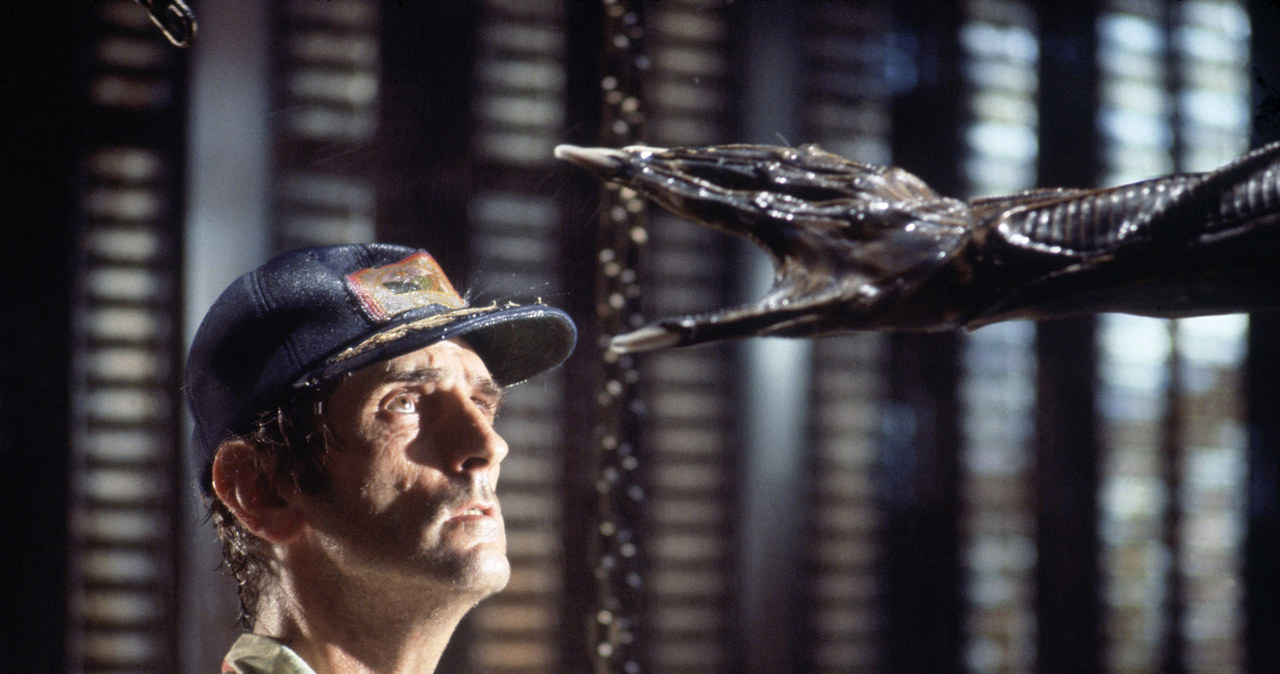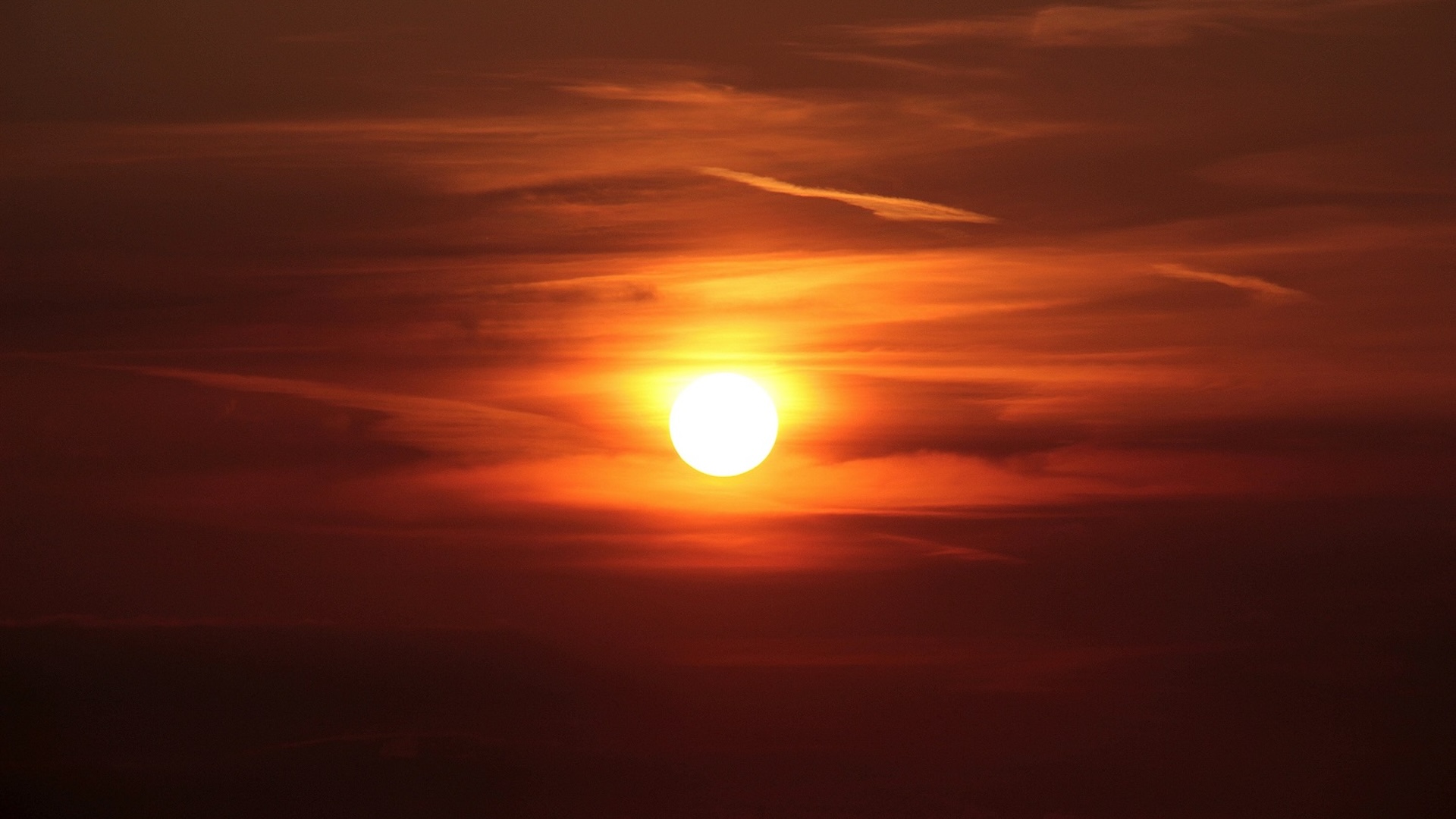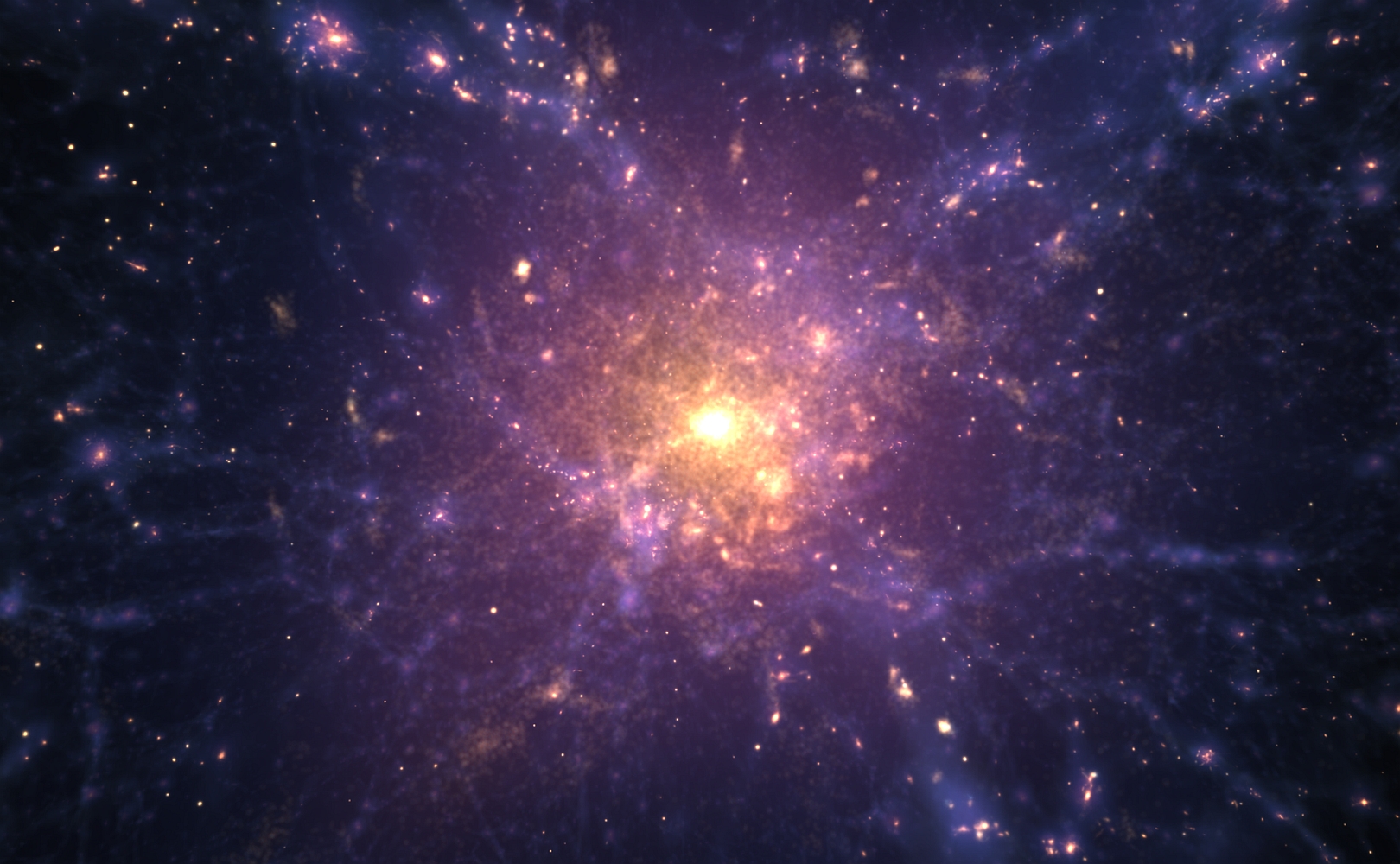It will thunder often.
Climate scientists associated with the Intergovernmental Panel on Climate Change (IPCC) have been warning for several years that the risk of extreme weather events will increase in Europe. Initially, they pointed to heat waves that are expected to be as long in central Europe as they are currently in the Mediterranean.
And these warnings are becoming reality before our eyes. This July is likely to be one of the warmest months on record – climate scientists have already declared July 17 the warmest day on our planet in the history of measurements made since 1940.
There is no doubt that July will also be a record month in Poland in terms of temperatures. This is closely related to weather phenomena that are dangerous for humans. – The fact that the weather is getting warmer in summer means that the likelihood of stronger and more frequent storms increases – says Prof. Szymon Malinowski, an atmospheric physicist from the University of Warsaw. – When it is very warm and at the same time there is an air mass rich in water vapor, processes associated with the condensation of water vapor start in the atmosphere. The phenomenon of convection, i.e. the rise of a mass of air above the Earth’s surface, when condensation occurs, leads to the launch of a kind of steam engine, which is a storm cloud – explains Prof. Malinowski.
This global warming is responsible for the fact that the atmospheric fronts, which often come to us from the Atlantic Ocean, have become warmer and can – in short – “hold” more water vapor in recent years. According to the 2021 IPCC report, the amount of water falling in the form of heavy rains will increase in our region of Europe, even in areas where annual rainfall is expected to decrease. In addition, during storms, we can expect more intense precipitation, not only rain, but also hail and strong winds.
As Dr Mateusz Czarek from Adam Mickiewicz University in Poznań and Dr Natalia Belgoj from the Institute of Meteorology and Water Management in Warsaw have calculated, the frequency of storms in Poland will gradually increase in the coming years, with an average of two to six additional storm days per decade. However, as Dr Czarek says in an interview with Nauka o Klimati, it is not easy to accurately predict how the intensity of storm phenomena will change at the regional level. – The factor that mainly influences the intensity of a storm is wind shear (vertical change in wind speed and direction), and this largely depends on the strength and degree of meandering of the jet stream in the middle and upper troposphere – explains Dr Klever. If the jet stream weakens, there may be more storms, but their intensity will not change despite the warming.
While storms may be more severe, they will produce less lightning.At least that’s what English scientists from Newcastle University and the Met Office predict. Their research shows that storms will be more frequent and more energetic, but at the same time storm clouds will contain less ice and frozen particles. This will lead to fewer electrical discharges in low-lying areas, especially in central Europe, but more in northern Europe and the Alps. The researchers warn that this could change the local risk of fires following lightning strikes and damage to electrical infrastructure.
We may still miss this year’s turbulent summer compared to the ones that will come in the near future.
Perfectly decent horn
Of course, storms vary in intensity and depend on their cause. At our latitude, a storm most often forms when a mass of warm, hot air rises upward by convection and forms a cumulonimbus cloud, the primary storm cell that can rise to heights of up to 15 km, expanding at the top into a large anvil. These clouds have a strong updraft and are characterized by high electrical activity, but the storms they cause usually pass quickly and do not cause significant damage.
The most dramatic and at the same time the most dangerous phenomena are usually accompanied by frontal storms that form at the intersection of warm and cold air masses, most often when warm tropical air begins to push cold polar sea masses. The greater the temperature difference at the intersection of two air masses, the more intense the storm. Often, before its arrival, a spectacular storm forms – a group of horizontally stretched clouds that forms the front of the storm. The storm wave may be accompanied by short-lived but very strong winds, called squall, and heavy rain. Our sky may also contain dangerous multi-cell storms and superstorm cells, bringing with them extreme phenomena – hail, storms and heavy rain.
In Poland, which is getting warmer, tornadoes, called vortices, may occur more often. These phenomena are not entirely unusual in our climate, they have happened several times in the past, we have reports even from the 18th century, and meteorologists estimate that about ten tornadoes appear in Poland every year. – They are associated with strong storm phenomena, so since we will have more storms as a result of global warming, we can expect tornadoes to appear more often as well – says Professor Malinowski. Their strength is generally not as destructive as hurricanes in North America so far, but that could change.
Above the Polish sky, several storm cells rarely merge into one massive system called a bow echo. (The name comes from the English word “bow” – bow) or derecho. This type of massive storm appears on radar images as an arc of storm clouds. It is accompanied by particularly destructive storms, blowing at speeds of up to 150 km / h. The bow echo phenomenon in 2002 killed 44,000 people. hectares of forest in the Piska Forest, and in August 2007 it caused the death of 12 people in the Masurian Lakes.
Such strong storms and the dangerous phenomena associated with them will affect certain parts of our country to varying degrees. Not all regions are equally good “substrates” for convection, i.e. the rise of large masses of air heated by the hot ground and the formation of cumulus clouds. Such conditions occur most often in southeastern Poland, where the strongest storms are usually found. According to the IMWM, the probability of a storm in Lesko in Bieszczady is six times greater than in Świnoujście. This is because most storms are recorded in places where air can rise dynamically, i.e. in the mountains, foothills and highlands. At the IMWM station in Kasprowy Wierch, meteorologists recorded two and a half times more storm days than at the Kołobrzeg station.
Thunder vs City
According to some scientists, the factor influencing the path of storms may not only be warmer weather, but also… the work of our own hands, specifically large cities. This was proven in 2015 by scientists from Northern Illinois University in Chicago, based on many years of observations made in extremely stormy Atlanta. Their data showed that more storms formed over Atlanta than in the surrounding area, and these urban storms had greater electrical discharges and heavy rainfall than the average storm in that area. – On each day of our 17-year study, the risk of storms in Atlanta was about 5 percent higher. That’s more than in rural areas of similar size, said Dr. Alex Haberle, the study’s author.
Scientists believe this is due to higher temperatures in cities — typically, urban areas are a degree or two warmer than their surroundings. This is what’s called an urban heat island, where convective air movements can occur more intensely than in undeveloped areas. And as Dr. Haberle said right after the study’s findings were announced, there were more storm initiations over Atlanta on weekdays than on weekends, suggesting that air pollution may also play a role here.
* As Prof. Dave Neogi of Purdue University notes, a storm cell passing over a city can alter its course. “Before storms reach an urban area, they often form an organized line of storm cells,” explains Prof. Neogi. “But when they pass through an urban area, they can start to break up into smaller cells. In about 60 percent of summer storms, the character of the city changes. We observed that as storms approached the city, the storm cells broke up and then merged outside the city to create a more intense storm,” the scientist says.
*However, as Prof. Szymon Malinowski points out, not all studies confirm that cities provoke storms or have a direct impact on them. But it can be said without hesitation that storms are having an increasing impact on urban life. Thunderstorms with heavy rain, commonly called cloudbursts, are a much greater danger today than they were 50 or 100 years ago. – Heavy rains have happened in the past, but the problem is that today in urban areas they can cause flash floods, i.e. a sudden and difficult-to-control increase in water – explains Prof. Malinowski. If such heavy rain falls on forests or meadows, much of the water is retained by plants and absorbed by the soil. In large concrete cities, it immediately flows into low-lying areas in quantities that cannot be removed by drainage systems, which is why urban floods can be so violent.
Analyses by IMWM-PIB indicate that by the end of the 21st century, the probability of daily rainfall exceeding 20-30 mm will increase in most Polish cities, so we must be prepared for such sudden, uncontrollable downpours, which will clog sewage wells and cause communications paralysis.
Unfortunately, the problem is that most storms are local phenomena that are difficult to predict. – We can only predict the favorable conditions for the formation of storm cells, but it is impossible to say with 100% certainty that a storm will occur in this place and at this particular time, even in short-term forecasts – says Professor Malinowski. The location of the storm can be tracked in real time by radar, satellite images or real-time lightning maps. It is worth following their reports, because storms are still no joke.

Echo Richards embodies a personality that is a delightful contradiction: a humble musicaholic who never brags about her expansive knowledge of both classic and contemporary tunes. Infuriatingly modest, one would never know from a mere conversation how deeply entrenched she is in the world of music. This passion seamlessly translates into her problem-solving skills, with Echo often drawing inspiration from melodies and rhythms. A voracious reader, she dives deep into literature, using stories to influence her own hardcore writing. Her spirited advocacy for alcohol isn’t about mere indulgence, but about celebrating life’s poignant moments.




![Another clinic in Borowa is open. Patients from three provinces [FOTO] Another clinic in Borowa is open. Patients from three provinces [FOTO]](https://hej.mielec.pl/pl/news_foto/2023/0512/s.1200x630/328711.jpg)



